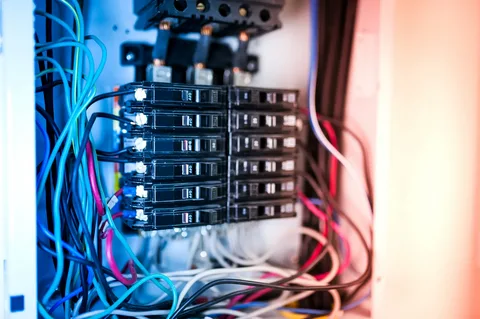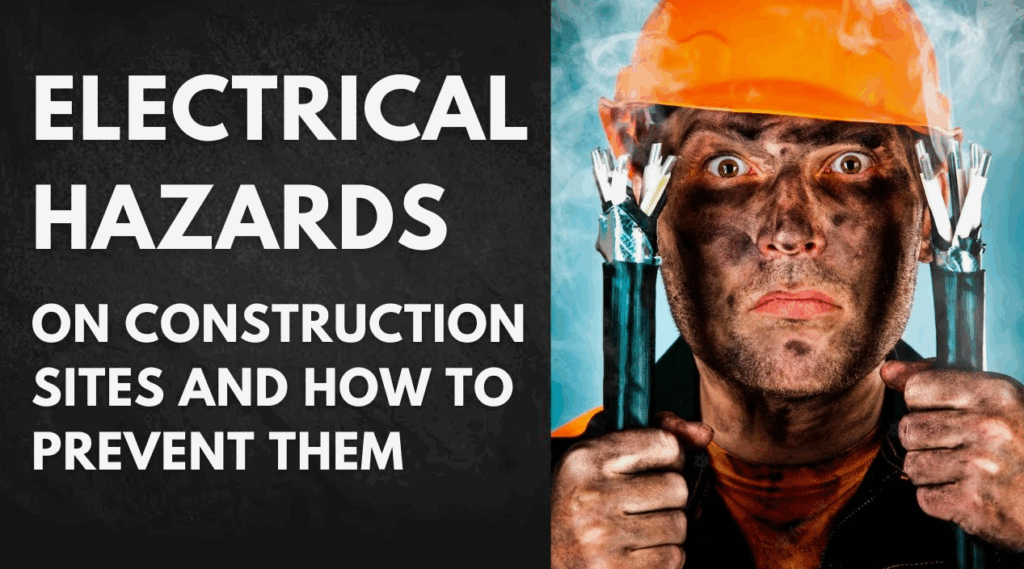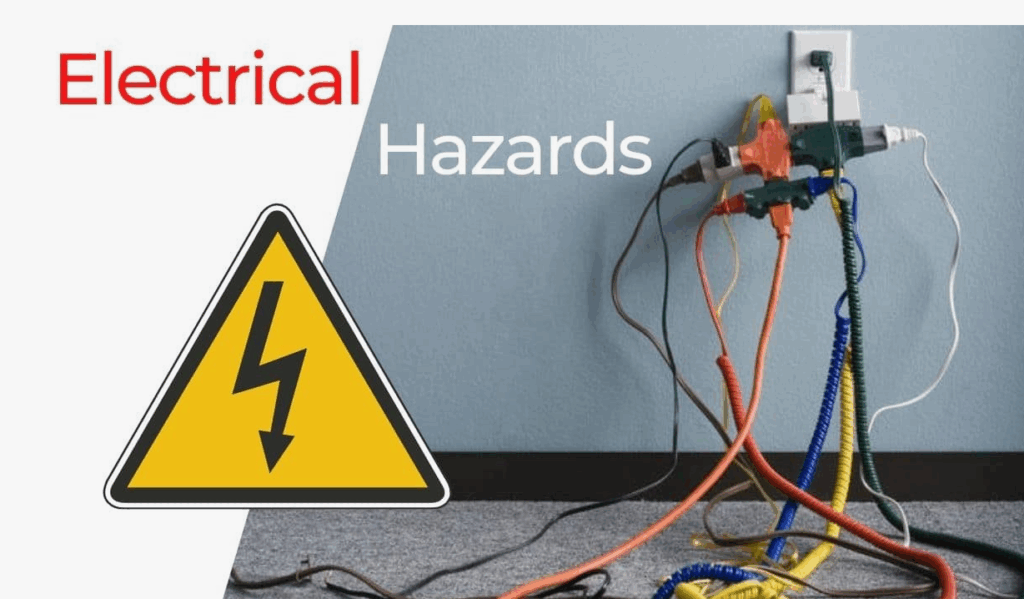Ensure your safe and efficient with this ultimate home electrical inspection checklist. Learn what to check and why it matters for homeowners. Every homeowner wants to feel safe and secure in their living space. At Bright Volt Electrical Services, we understand that one of the most overlooked areas of home safety is the electrical system.
Regular inspections can help prevent accidents, reduce energy waste, and ensure everything is working as it should. This blog will guide you through a simple and complete electrical inspection checklist. Whether you are moving into a new home or maintaining your current one, these steps will help you stay ahead of potential problems.
What Should Be Included in an Electrical Inspection Checklist for Your Home?
A full home electrical inspection should cover all the major parts of your electrical system. This includes your panel, outlets, switches, lighting, and outdoor wiring. The inspection should also look at grounding and safety devices.
Make sure your home meets current electrical codes and standards. An inspection helps find small problems before they become big and expensive to fix. It can also lower the risk of fire or electrical shock.
-
Electrical Panel and Circuit Breakers
When it comes to making a checklist for your home electrical inspection, always start with the panels. The main panel sends electricity to every part of your home. A safe and reliable electrical system depends on a well maintained and functional electrical panel. If you see rust, hear buzzing sounds, or smell something odd, it means the panel is no longer working properly and it needs immediate repair.
Additionally, always label the circuit breakers clearly because it helps you quickly identify and power off the electricity in a certain area of the house.
- Check for rust, dust, or burn marks on the panel
- Make sure all breakers are labeled correctly
- Test breakers to see if they trip when needed
-
Outlets and Switches
After the panels, the second most important electrical element in your home is the outlets and switches. If the outlets don’t work, it can disturb your whole routine because they remain in use throughout the day. Loose or warm outlets are a warning sign. If you see discoloration or hear crackling, it is time to replace them. This is especially important in kitchens, bathrooms, and outdoor areas.
- Test each outlet using a plug-in tester
- Replace any broken or loose switches
- Use tamper-resistant outlets for child safety
-
Grounding and Bonding
Grounding and bonding are both effective techniques to keep your home’s electrical system working efficiently and to avoid electrical shocks, fires, and equipment damage. Grounding protects your home because it sends extra electricity safely into the earth, while bonding connects all the metal parts of the system to prevent shock or fire. Older homes often lack proper grounding, so a professional inspection is important
- Check for grounding rods outside the home
- Confirm bonding wires are connected properly
- Look for signs of corrosion or loose connections
-
Light Fixtures and Ceiling Fans
Light fixtures and ceiling fans are essential electrical items. They keep your home comfortable and bright. It is important to make sure they are secure and wired correctly. Loose fixtures can cause flickering lights or overheating. Ceiling fans that shake or wobble are also not safe to sit under.
- Replace flickering or dim bulbs as needed
- Check that fan blades are balanced and secure
- Make sure fixtures are not overheating
-
Outdoor Electrical Systems
Outdoor outlets, lights, and wiring are exposed to rain and storms. Therefore, make sure they are weather-resistant. Moisture and dirt can cause damage if these systems are not properly protected. Regular checks can prevent larger issues later on. Make sure outdoor outlets are covered and use GFCI protection. Look over all wiring in garages, sheds, or outdoor kitchens.
- Inspect outdoor outlets and make sure covers are tight
- Test outdoor GFCI outlets to ensure they shut off correctly
- Replace worn or cracked extension cords used outdoors
Conclusion
In short, doing an electrical inspection at home is one of the smartest ways to stay safe and avoid surprise repairs. With this checklist, you can catch small problems before they become serious. Make sure to take all the precautions before you start the inspection. If anything seems unsafe or complicated, just leave it and call a professional electrician. You can also explore helpful electrical troubleshooting tips to better understand common issues.
Frequently Asked Questions
How often should I inspect my home’s electrical system?
It is best to do a full inspection every three to five years or during any major renovation.
Can I inspect electrical parts by myself?
You can check outlets and lights, but a licensed electrician should handle the main panel and wiring.
What is a GFCI outlet and why is it important?
A GFCI shuts off power when it detects a shock risk, keeping you safe in wet areas like kitchens or bathrooms.
How do I know if my wiring is outdated?
Signs include flickering lights, warm outlets, or a lack of grounding. Old wiring may not meet modern safety codes.
What should I do if a breaker keeps tripping?
Unplug the devices and try again. If it keeps happening, call a professional to inspect for a deeper problem.



